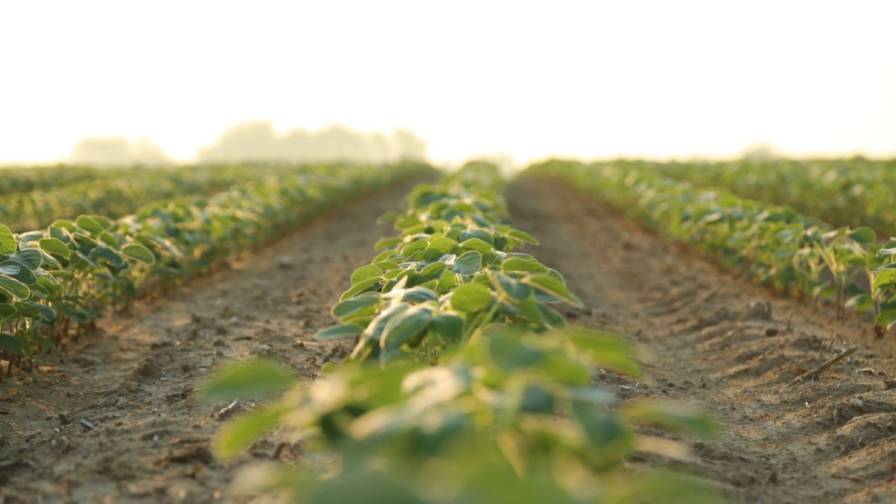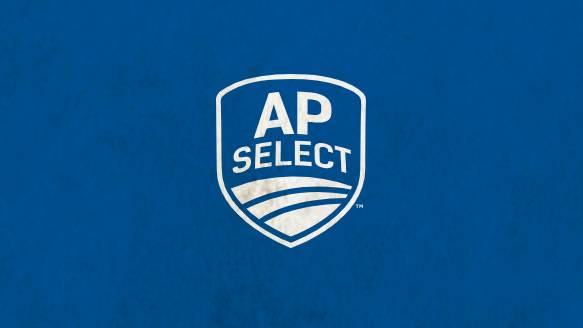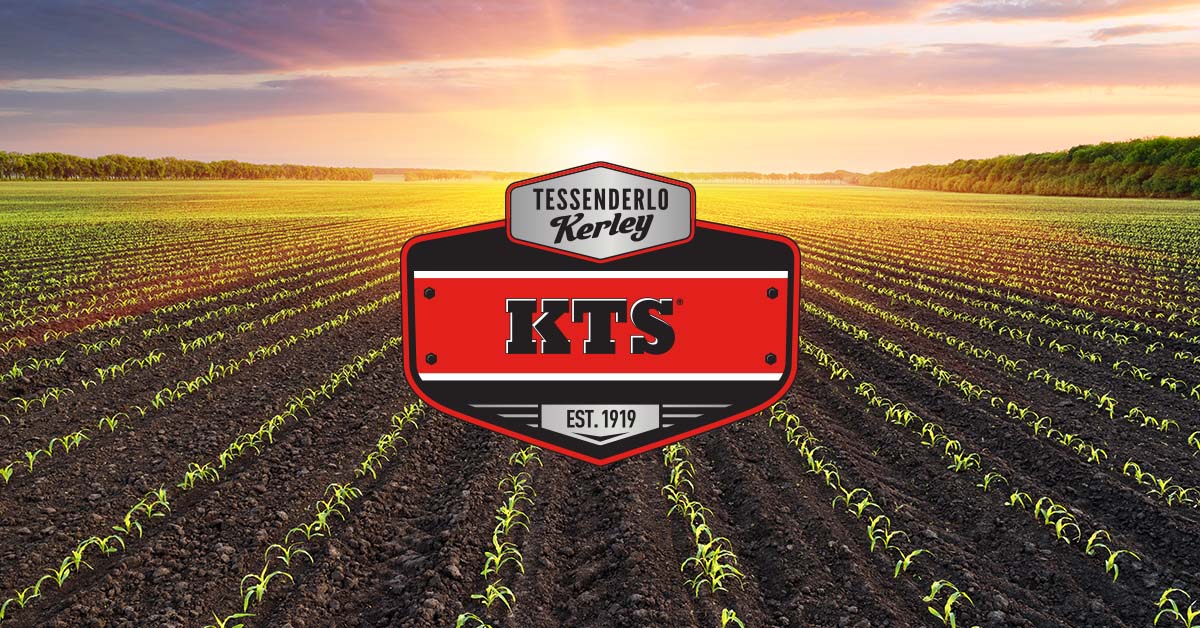Outlook 2010: Technology
Last year was one for the books in terms of ag technology. While the headline news was mired in the difficulties of the general economy, the technology side of agriculture was evolving rapidly. What generated arguably the most buzz was at the manufacturing level, as OEMs made some big moves in the market in attempts to gain the upper hand in the market.
Trimble and Ag Leader, whose decade-long partnership had become strained in recent years, was finally severed in November when Ag Leader announced a new partnership with AutoFarm. The combination brings high-accuracy GPS technology to Ag Leader, along with access to AutoFarm’s technology R&D and some interesting new products like the ParaDyme. In return, AutoFarm gets access to Ag Leader’s dealer network in the Midwest. Ag Leader also struck an agreement with sensor manufacturer Holland Scientific, which will yield its first product for the 2010 season.
For its part, Trimble spent 2009 and late 2008 making acquisitions to diversify its product offerings, including software manufacturer FarmWorks, seed controller company Rawson Control Systems, planter clutch maker TruCount, and on-the-go sensor manufacturer NTech Industries.
Raven Industries also partnered with AutoFarm on developing new technology and purchased a Canadian company called Ranchview Inc. late last year. Ranchview was a start-up company that developed products using cellular networks instead of the traditional radio systems for RTK corrections to GPS enabled equipment, and should provide Raven access to some interesting wireless technology.
Sorting Out CORS
Topcon actively released a number of new products as it solidified its partnership with AGCO, and last month TeeJet renewed its commitment to guidance technology with the release of its Matrix line of visual guidance products.
With all the major OEM players gaining in strength, absorbing acquisitions and integrating partnerships, 2010 will be a transition year as these companies settle in and engage in battle for market share. This is especially true in the trenches at the product dealerships, where new alliances are being created and old ones severed.
According to the CropLife/Purdue University Precision Adoption Survey taken in 2009, the use of automatic steering by retailers exceeded 50% for the first time. Considering that a truly commercially viable steering solution for Midwest row crops has been available less than a decade, and the survey has only been measuring this technology’s adoption since 2004, the rise of automatic steering has been meteoric.
But it’s not just about the hardware. Today, the big struggle for manufacturers is in trying to meet the demand for sub-inch, repeatable real-time kinematic (RTK) level accuracy steering. Private base stations were the initial way that brought RTK GPS to the countryside. Then came RTK 2.0 — networks of RTK towers were constructed led by companies like Trimble, John Deere, and AutoFarm, tying down larger regions of farmland with an always-on, subscription-based RTK solution.
Now, the buzz is about state-based CORS networks. These cellular based systems were designed to carry high accuracy GPS for use by departments of transportation in construction and surveying, but several states have opened up the networks for private use, including agriculture.
CORS is still a work in progress. Signal strength and consistency, in particular in hilly terrain but a general problem across rural America, can make it difficult if not impossible to hold a consistent signal. Recently, AutoFarm began offering a solution tied to its ParaDyme system that provides access to more than 50 cell carriers for a monthly fee through its modem, but most systems are not tuned for more than one carrier.
Considering that CORS has emerged only over the past three years, manufacturers have done a remarkable job of getting units on the market to meet the growing demand. But through 2010 dealers should expect improved solutions for harnessing CORS networks for best use in agriculture.






